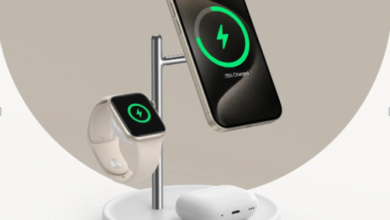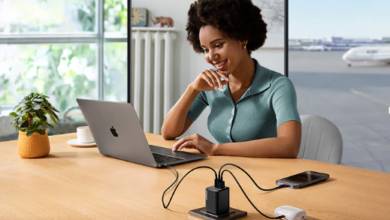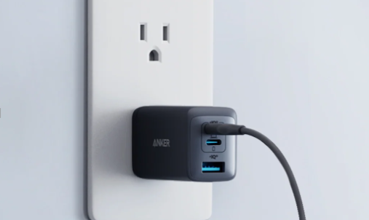What UPS Specs Matter Most for Home Users?
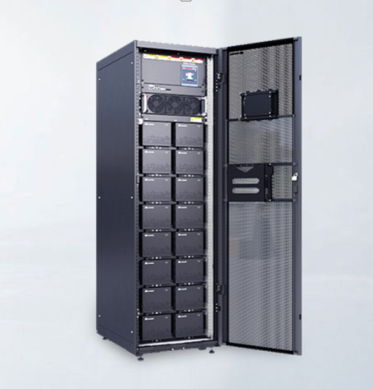
Power outages may harm gadgets and result in data loss. That is why a dependable, uninterruptible power source is required for every residential setup. Whether you work remotely, stream content, or have a smart home, a UPS can safeguard your electronics from power interruptions. However, not all UPS units are manufactured in the same way. Some prioritize longer runtimes, while others provide better power management. To make an informed decision, you must first understand which specifications have an influence on performance. Let us lay down the most significant UPS features for residential customers so you can make an informed, safe, and cost-effective decision.
Which UPS Specifications Matter the Most?
Battery Backup Time (Runtime)
Battery backup time indicates how long your gadgets can function during a power outage. For residential users, 5-15 minutes is frequently sufficient to save time and correctly shut down equipment. Runtime is determined by the load; more connected devices result in a quicker backup time. Choose a UPS that provides a few more minutes than you typically need to keep safe. High-capacity batteries may assist power routers, computers, and even gaming consoles. Make sure the package clearly states the projected runtime for your normal wattage. This specification is one of the most effective approaches to comparing values among models.
See also: How EVs Benefit from Liquid-Cooled Systems?
Wattage vs. VA Rating
Wattage and VA (volt-ampere) ratings are commonly mistaken, yet both are important. Wattage represents the actual power that your devices consume, whereas VA measures apparent power. UPS systems are branded with both. A decent guideline is to search for a UPS with a wattage rating of at least 60-70% of the VA rating. For example, a 1000 VA UPS typically provides 600-700 watts. Always add up your device’s wattage and choose a unit with additional space. This avoids overburdening and increases efficiency. Matching these quantities appropriately guarantees that your uninterruptible power supply functions properly under strain.
Number and Type of Outlets
Home users often fail to verify the number and kind of UPS outlets. Most UPS devices provide a combination of battery-backed and surge-only outputs. You’ll need enough battery outlets for essentials such as a computer, monitor, and router. Look for three-prong (grounded) connectors and consider the space for bigger adapters. Some recent UPS units have USB charging connectors. Keep in mind that only battery-powered outlets keep electronics working during outages. Surge-only ports still prevent spikes but do not provide backup power. Knowing your plug kinds might help you avoid cable clutter and annoyance.
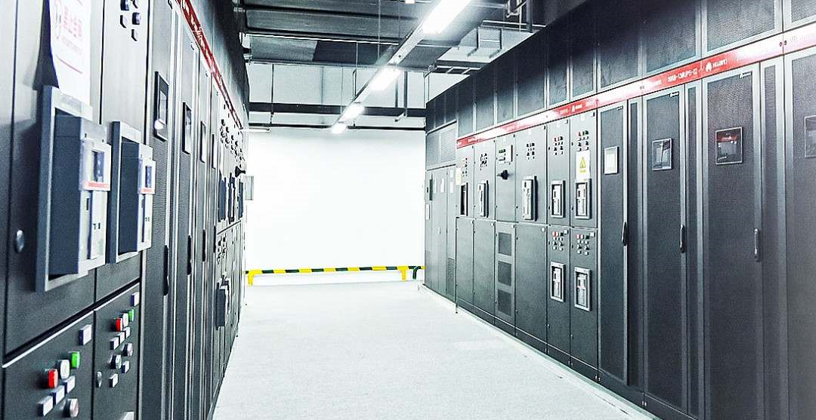
What Extra Features Should You Look For?
Automatic Voltage Regulation (AVR)
AVR maintains voltage levels without switching to battery power. This function is especially beneficial to homes that experience frequent power dips or spikes. AVR increases battery life and smoothes power flow to sensitive gadgets. Without it, tiny oscillations might result in needless battery use, reducing the UPS’s lifetime. If your lights flicker during storms or excessive appliance usage, choose a model with built-in AVR. It operates discreetly in the background, reducing wear and tear on both the UPS and the connected devices. This trait is sometimes neglected, although it has substantial long-term benefits.
LCD Display and User Interface
An LCD panel on your UPS displays real-time information such as battery level, load %, and input voltage. This allows you to check performance without using software. A clear, easy-to-navigate display allows you to rapidly identify issues, such as an overloaded outlet or low battery. Some models even provide a predicted runtime based on current use. This is particularly useful during power shortages, allowing you to monitor gadget use properly. Touch-sensitive buttons and illuminated displays make operation easy. Home customers who prefer transparency and simplicity of use should look for a UPS with an intuitive user interface. It’s a little feature that brings significant convenience.
Software for Power Management
Through Ethernet or USB, the power management software connects your UPS to a PC. During outages, it enables energy records, alerts, and automatic shutdowns. Your phone may get warnings from some applications as well. Those who operate remotely or leave devices running unattended should pay particular attention to this. The application may also include power quality graphs and backup scheduling. Numerous UPS manufacturers provide proprietary software for macOS and Windows. Verify that the software on the device you buy is compatible with your operating system. Appropriate power management software may assist in preventing major data loss, even if it could seem to be a bonus.
How to Choose the Right UPS for Your Setup?
Assessing Device Power Needs
Make a note of every gadget you want to safeguard, along with its power consumption. For precise figures, see the manuals or labeling. After adding them up, choose a UPS that can handle at least 20–30% more power than you need. This buffer increases dependability and avoids overloads. Give priority to gadgets that need constant power, such as PCs, modems, and home security systems. Remember to include any smart hubs or chargers. Short runtimes or tripped circuits may result from underestimating your power requirements. Making a little preparation now can guarantee that your uninterruptible power supply operates well and saves you from annoyance during actual outages.
Planning for Future Expansion
Consider options outside your existing configuration. Will you soon add a game console, smart speaker, or another monitor? You may save money later by selecting a UPS with greater capacity than you now need. It keeps you from having to update or replace too soon. You may expand with more outlets and greater power ratings. Media centers and home offices can grow suddenly. Long-term flexibility is provided by a UPS with upgrade options or modular batteries. Avoid being mired in a system that hardly meets your current requirements. As your gadget collection expands, preparation will guarantee that your uninterruptible power supply remains functional.
Considering Space and Noise Levels
Certain UPS systems are loud and large. Size and sound quality are important if you want to keep one in your living room or bedroom. Seek for small models with fanless or silent fans. Look for remarks about noise when charging or operating in customer evaluations. Space is saved by thin towers or wall-mountable designs. Additionally, consider the location and length of the connection; odd designs may restrict your possibilities. Give physical design equal weight with technological specifications if you have limited room or if you value silence. Over time, a UPS that fits well and operates silently will be more beneficial to you, particularly in a tiny residential setting.
Conclusion
Choosing the right uninterruptible power supply means more than just picking the biggest battery. For home users to meet their specific demands, specifications like runtime, power, and outlet type are crucial. Additional elements like software, LCD screens, and AVR improve usability and security. When choosing, take into account your available area, noise level, and future technological goals. A UPS that strikes the correct balance between specifications and design can safeguard your devices, preserve your data, and provide peace of mind. Smarter home power security is now possible, thanks to a little study. Pay attention to the details; they are crucial.

